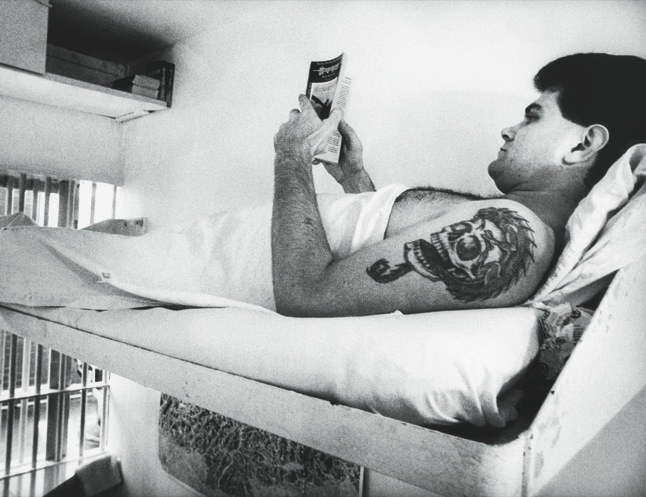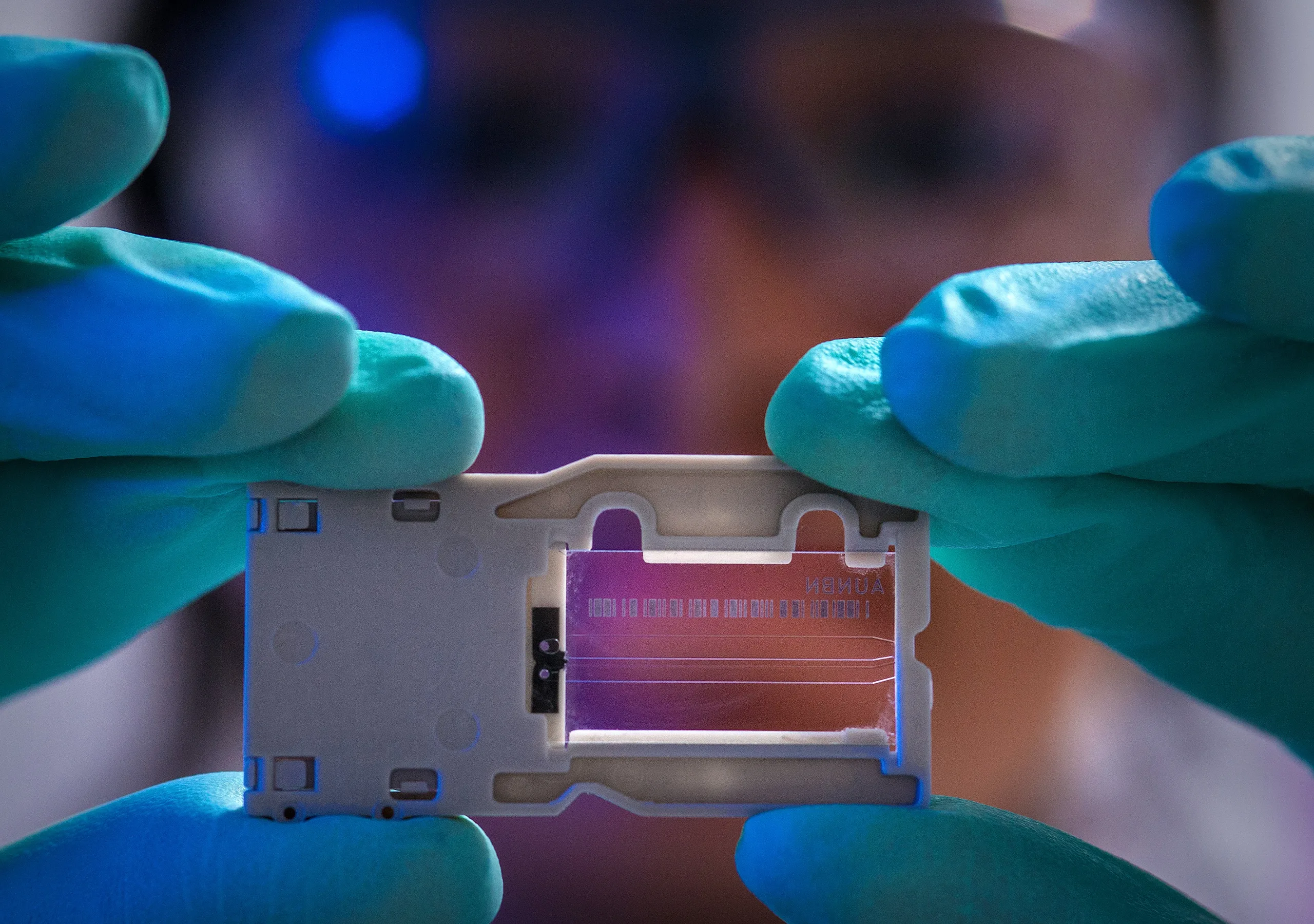Take action:
Ask the Texas Board of Pardons and Paroles to investigate the wrongful execution of Cameron Todd Willingham!
Read more on the case below, along with news coverage and key documents.
Case Summary
On December 23, 1991, a fire destroyed the Corsicana, Texas, home Cameron Todd Willingham shared with his wife and three daughters, killing the three girls. Mr. Willingham, who was asleep when the fire started, survived. His wife was at the Salvation Army buying Christmas presents for the girls.
At Mr. Willingham’s 1992 trial, prosecutors claimed he intentionally set fire to his home in order to kill his own children. Mr. Willingham said he was asleep in the home when the fire started and always maintained his innocence. He was convicted based on the testimony of forensic experts who said they had determined that the fire was intentionally set and a jailhouse informant who said Mr. Willingham had confessed to him. On October 29, 1992, he was sentenced to death.
Thirteen years later, in the days leading up to Mr. Willingham’s execution, his attorneys sent the governor and the Board of Pardon and Parole a report from Gerald Hurst, a nationally recognized arson expert, saying that Mr. Willingham’s conviction was based on erroneous forensic analysis. Documents obtained by the Innocence Project show that state officials received that report but apparently did not act on it. Mr. Willingham was executed by lethal injection in Huntsville on February 17, 2004.
Months after Mr. Willingham was executed, the Chicago Tribune published an investigative report that raised questions about the forensic analysis. The Innocence Project assembled five of the nation’s leading independent arson experts to review the evidence in the case, and this prestigious group issued a 48-page report finding that none of the scientific analysis used to convict Mr. Willingham was valid.
In 2006, the Innocence Project formally submitted the case to the Texas Forensic Science Commission, asking the empowered state entity to launch a full investigation. Along with the Willingham case, the Innocence Project submitted information about another arson case in Texas where identical evidence was used to send another man to death row. In that case, Ernest Willis was exonerated and freed from prison because the forensic evidence was not valid.
In 2008, the Texas Forensic Science Commission agreed to investigate the case. The panel’s review was interrupted several times over the last two years, however, and continues today. In 2009, an arson expert hired by the commission issued a report finding that experts who testified at Mr. Willingham’s trial should have known it was wrong at the time. Days before the expert was set to testify, however, Gov. Rick Perry replaced key members of the panel, delayed the investigation for months.
An investigative report in the September 7, 2009, issue of the New Yorker deconstructs every facet of the state’s case against Mr. Willingham. The 16,000-word article by David Grann shows that all of the evidence used against Mr. Willingham was invalid, including the forensic analysis, the informant’s testimony, other witness testimony and additional circumstantial evidence.
On Oct.14, Judge Charlie Baird held a hearing in Willingham vs. State of Texas case to determine whether to hold a court of inquiry. And on Oct. 15, the Texas Forensic Science Commission discussed the case in depth at its regular meeting. On April 15, 2011, the TFSC issued its final report in the Willingham / Willis investigation.
In July 2011, Texas Attorney General Greg Abbott issued an opinion in response to questions from the commission about jurisdiction and authority. The opinion prohibits the commission from investigating “specific items of evidence that were tested or offered into evidence prior to” September 1, 2005. Innocence Project Co-Director Barry Scheck responded that the “the reasoning of the opinion is wrong and contrary to the clear intention of the legislature when it formed the Commission.”
In September 2011, the TFSC met to consider an addendum to its final report on the Willingham and Willis cases. The meeting adjourned without action on the draft addendum, however. On October 28, 2011, the commission issued the report addendum.
Resources in the case are below, along with background on the role of unvalidated forensics in wrongful convictions.
*Please note that certain links are greyed out because they are no longer working.



The movie ‘Trial By Fire’ seemed to deliver strong evidence that Camaron Todd Willingham was innocent of starting the fire that killed his three children. Thus making an innocent man being executed for a crime he did not commit.